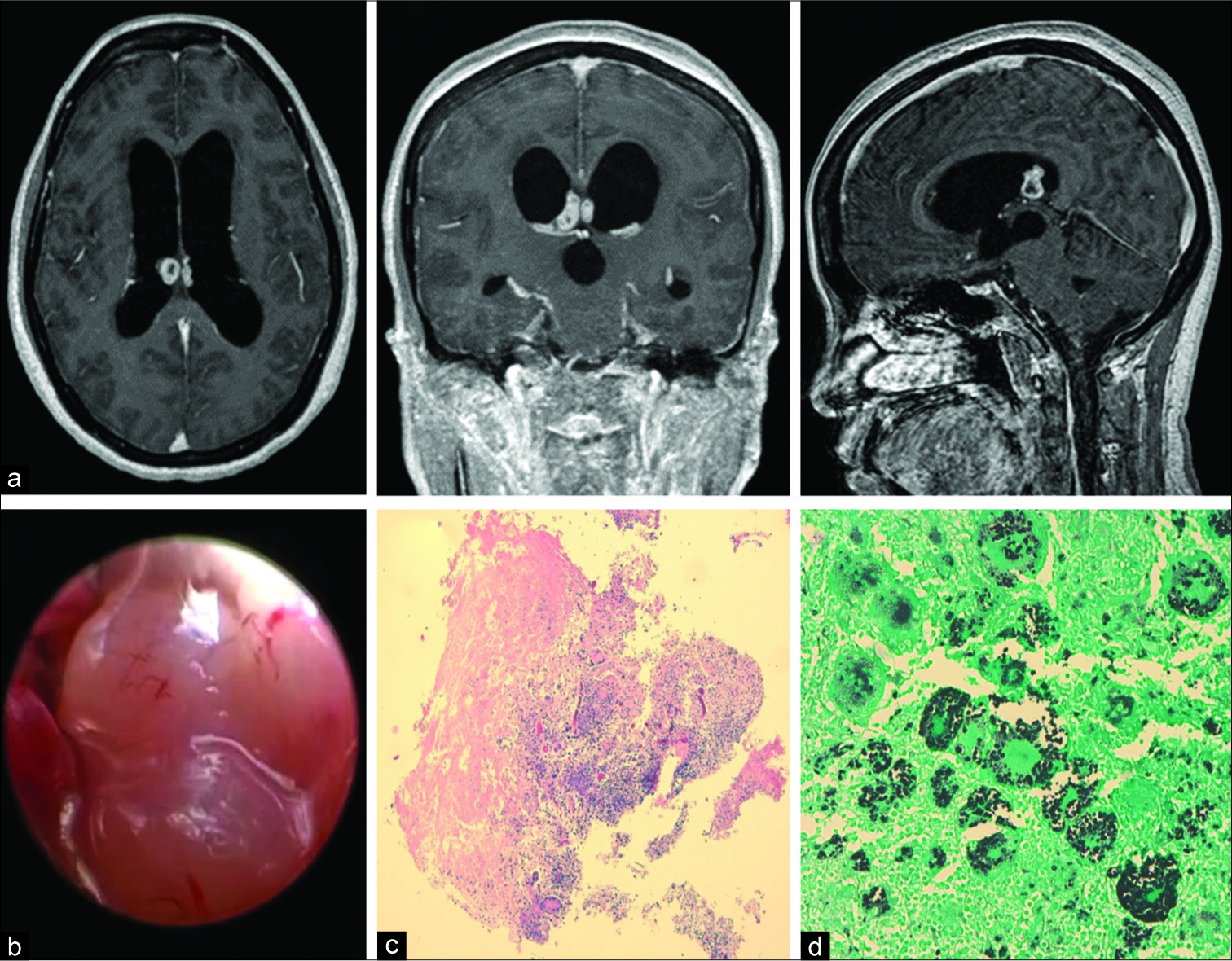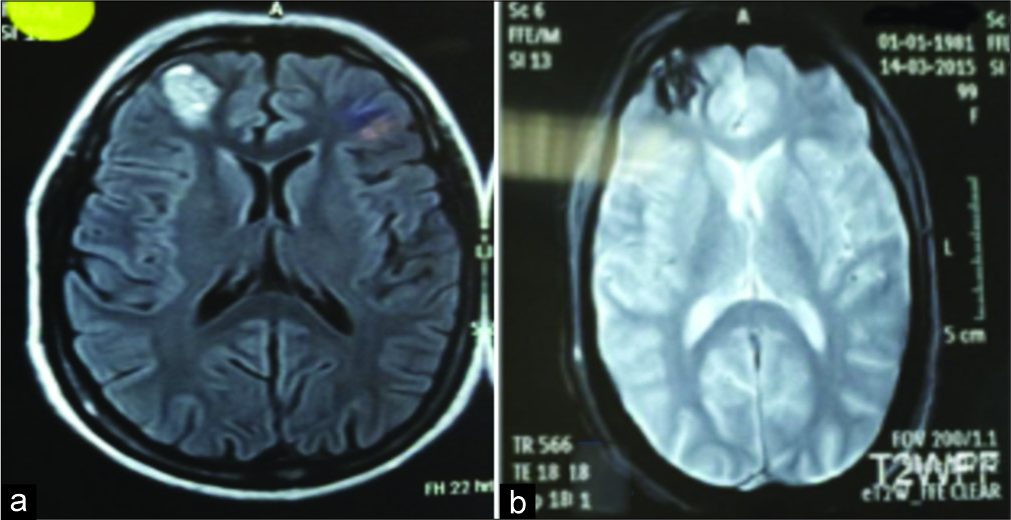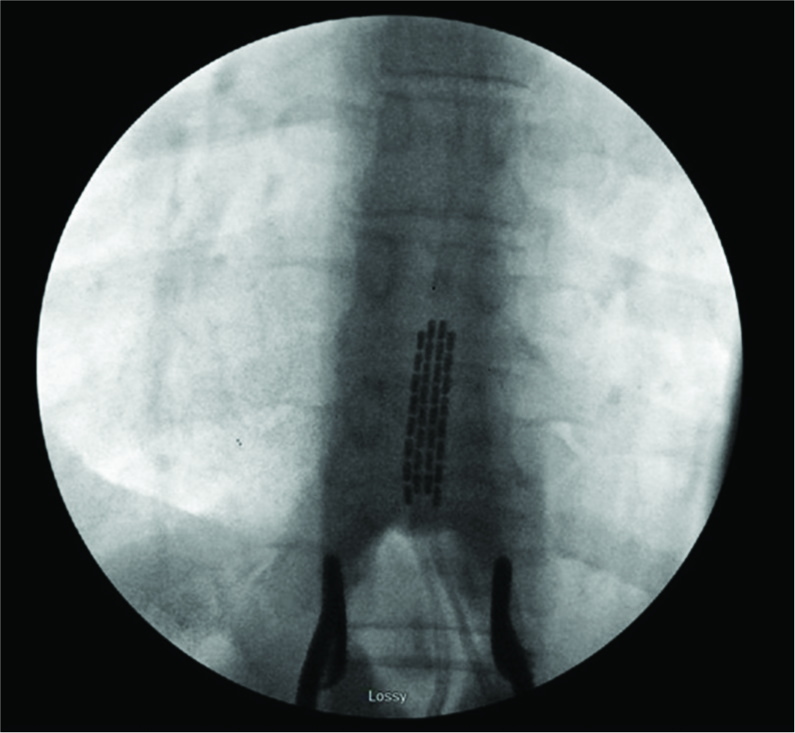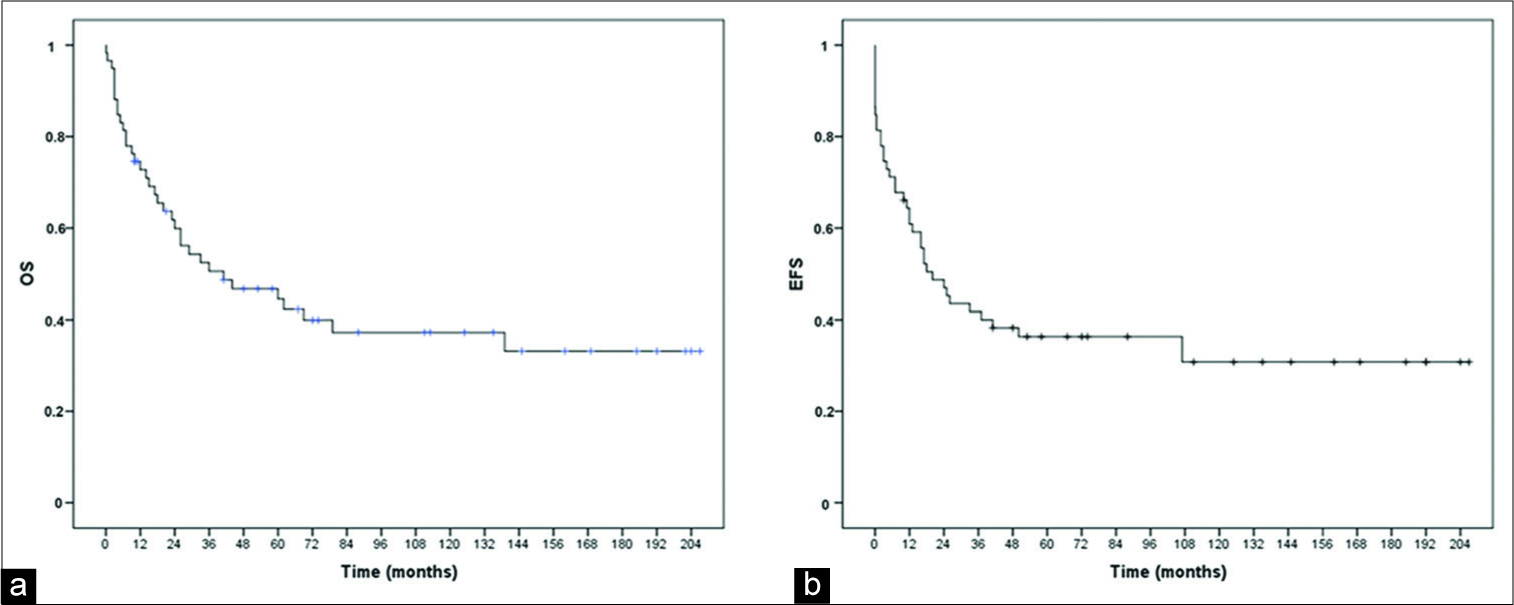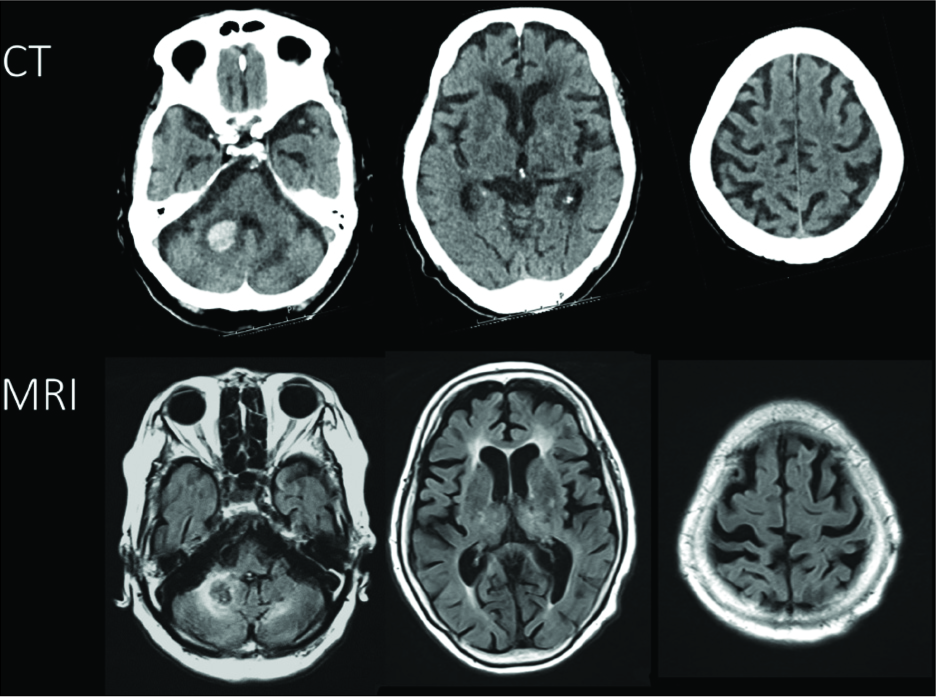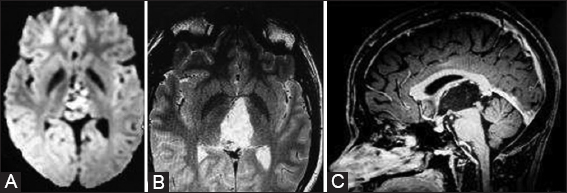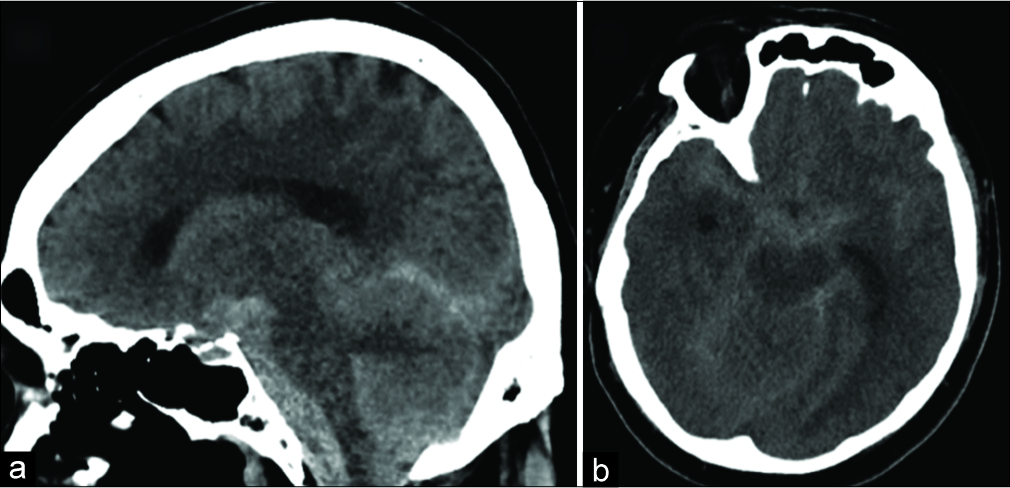Why Would Two Patients with No Disease Be Offered Unnecessary Transforaminal Lumbar Interbody Fusions (TLIF)?
Date of publication: 25-Jun-2019
Intraventricular cryptococcoma mimicking a neoplastic lesion in an immunocompetent patient with hydrocephalus: A case report
Date of publication: 25-Jun-2019
Background: The aim of this study is to highlight the importance of cryptococcosis as one of the most common fungal infections of the central nervous system, stressing the consideration of a cryptococcoma within the list of differential diagnosis of intraventricular masses in immunocompetent hosts.
Supratentorial cavernoma and epilepsy: Experience with 23 cases and literature review
Date of publication: 25-Jun-2019
Background: The current study aimed to assess the role of microsurgical treatment of patients with supratentorial cavernoma with epilepsy based on analysis of our patients.
Spinal cord stimulator failure: Migration of a thoracic epidural paddle to the cervical spine
Date of publication: 25-Jun-2019
Background: Spinal cord stimulators successfully treat a number of pain syndromes but carry a risk of hardware complications. Here, we present a case of cranial migration of a thoracic epidural paddle to the cervical spine.
Is technology in spine surgery always a benefit when decompressive procedures alone prove equally effective and less burdensome?
Date of publication: 25-Jun-2019
Survival and prognostic factors in childhood medulloblastoma: A Brazilian single center experience from 1995 to 2016
Date of publication: 25-Jun-2019
Background: Medulloblastoma is the most common malignant brain tumor in the pediatric population. Despite prognosis improvement in the past two decades, one-third of the patients still remain incurable. New evidence suggests that medulloblastoma comprises four distinct entities; therefore, treatment de-escalation is required. The aim of this article is to evaluate epidemiological data from patients treated at our institution. The primary objective is to analyze overall survival (OS) and event-free survival (EFS) and the secondary objective is to identify prognostic factor from this cohort.
Mutism resulting from heterochronic bilateral cerebellar hemorrhages – A case report
Date of publication: 25-Jun-2019
Background: Cerebellar mutism (CM) is a neurological condition characterized by lack of speech due to cerebellar lesions. Interruption of the bilateral dentatothalamocortical (DTC) pathways at midline structure seems the principal cause of CM but not fully understood. We described a rare case of CM due to heterochronic bilateral cerebellar hemorrhages.
Risk factors for postoperative spinal infection: A retrospective analysis of 5065 cases
Date of publication: 25-Jun-2019
Background: Multiple factors increase the risk for spinal surgical site infection (SSI): prior SSI, obesity, diabetes mellitus, advanced age, American Society of Anesthesiologists class, alcohol abuse, low prealbumin levels, smoking, history of cancer, chronic steroids, immunosuppressive drugs, rheumatoid arthritis, and hypothyroidism.
Abordaje Puramente Endoscópico Supracerebeloso Infratentorial para Quiste Epidermoide en Tercer Ventrículo
Date of publication: 25-Jun-2019
Introducción: El Quiste Epidermoide como tumor de la región pineal es una patología infrecuente y poco descripta. Su prevalencia en el 3er ventrículo es de 0,0042% de los tumores primarios intracraneales. Para lograr la exeresis macroscópica total se utilizó el abordaje Supracerebeloso Infratentorial con Endoscopio rígido de Base de Cráneo, técnica descripta para abordaje de lesiones de la región pineal. El Objetivo del Trabajo es la presentación de la técnica quirúrgica del abordaje, con la resolución de la patología infrecuente que se presenta.
Treatment of intracranial vertebral artery dissecting aneurysms involving the posterior inferior cerebellar artery origin
Date of publication: 25-Jun-2019
Background: Vertebral artery dissecting aneurysm (VADA) involving the origin of the posterior inferior cerebellar artery (PICA) is a complex disease entity in which the dual goals of preventing future rebleeding and maintaining perfusion of the lateral medulla must be considered. We present an illustrative case and review the literature surrounding treatment strategies.


